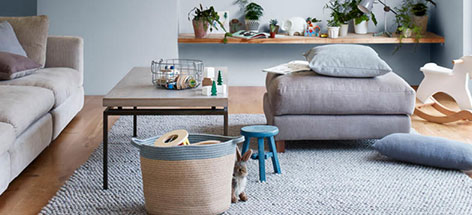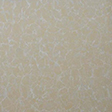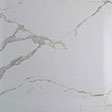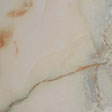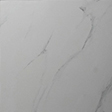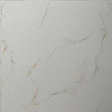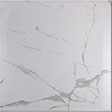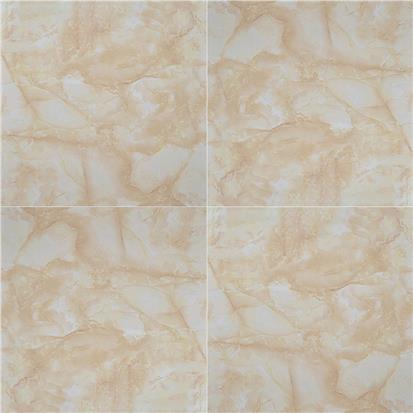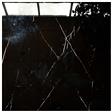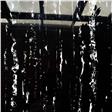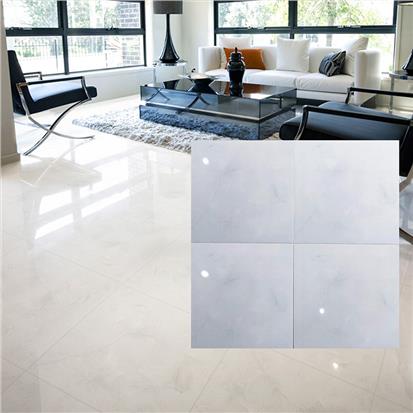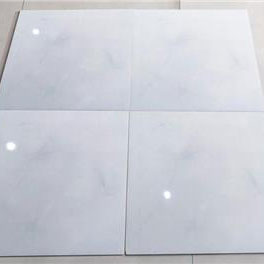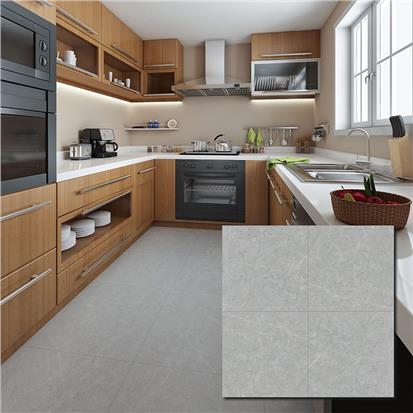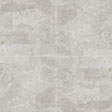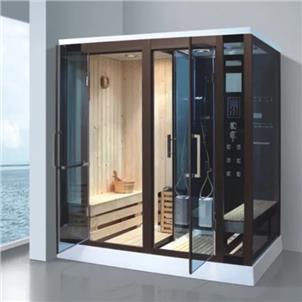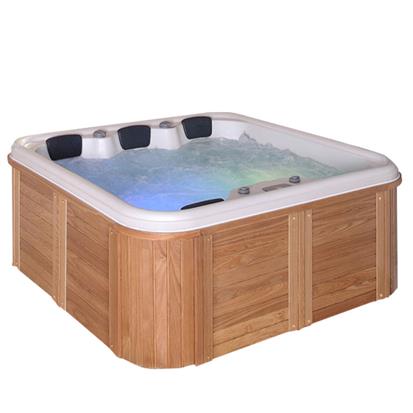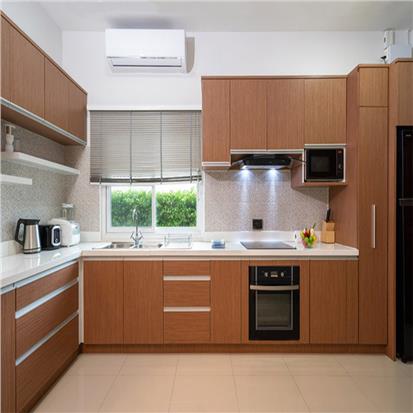Many people will consider which kind of tiles is better for decorating the house. Now, the ceramic tiles and vitrified tiles are the most widely used tiles and are available in different colors, shapes, sizes and patterns. But we don’t know which is better, ceramic tiles or vitrified tiles? What is the difference between them? This has become a problem for many people. In this article, you can find the differences between ceramic tiles and vitrified tiles. Costing, strength, joints, etc,. helping you better to decide which tiles to buy.
What Is Vitrified Tile - Definition Of Vitrified Tile
Vitrified tile is a kind of bright tile made by polishing the surface of the body of the full body tile, which belongs to the type of full body tile. Ceramic tiles with a water absorption rate of less than 0.5% are called vitrified tiles. Polished tiles with a water absorption rate of less than 0.5% are also vitrified tiles (above 0.5% can only be polished tiles, not vitrified tiles), and then the vitrified tile is mirror-polished to obtain the vitrified polished tile, because the water absorption rate is low, the hardness is relatively high, and it is not easy to have scratches. Vitrified tiles can be widely used in various projects and household floors and walls, the common specifications are 400x400mm, 500x500mm, 600x600mm, 800x800mm, 900x900mm, 1000x1000mm.
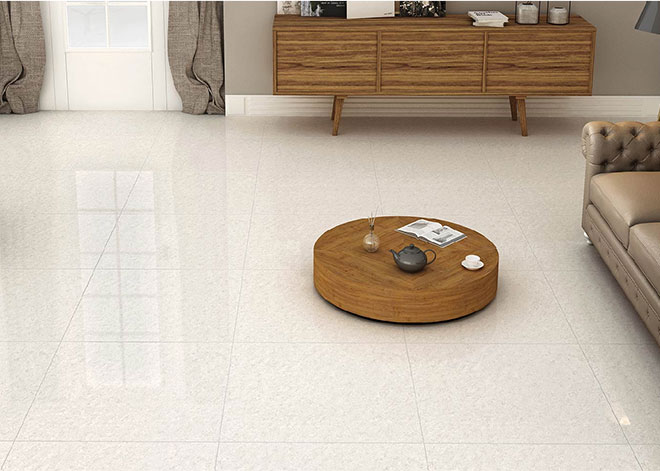
Pros:
- Vitrified tiles are glossy, harder, less absorbent and less porous.
- The surface is smooth, easy to clean and maintain, wear-resistant and corrosion-resistant, high strength, good decorative effect, wide use and large dosage.
- Has uniform and dense texture, high strength, stable chemical properties.
- These are long-lasting, low maintenance scratch and abrasion resistant tiles which make them the best option for corporate buildings and homes.
Cons:
- The installation of vitrified tiles is difficult, as the tiles need to be laid evenly, with barely noticeable joints. They also need a stronger adhesive than ceramic tiles, making them more expensive to install.
- Vitrified tiles are more expensive than ceramic tiles because of their extra qualities.
- Glossy vitrified tiles can be extremely slippery when wet.
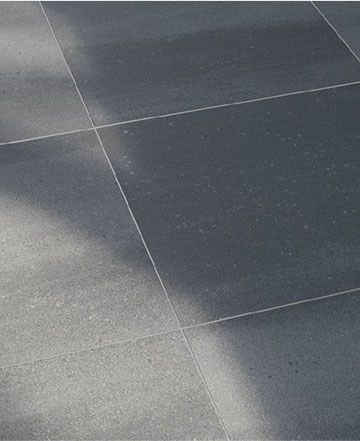

What Is Ceramic Tile - Definition Of Ceramic Tile
Ceramic tiles have a natural look and are often characterized by a rough appearance. Shaped and heated to extremely high temperature, ceramic tiles are made using a mixture of clay, minerals and solvents. They are perfect for decorating interior floors & walls/backsplash such as living room, kitchens, bathrooms, laundry rooms and other moisture-prone areas. The tile is coated with a special glaze that protects and seals it. This keeps the tile from absorbing stains while improving the durability of each piece.
Pros:
- Ceramic tiles are easy to maintain. Soap and warm water work well most of the time to remove dirt and grime. For tough stains, strong agents can be used without fear of damage to tiles.
- They are cost-effective. Ceramic tiles are relatively cheaper than most other kinds of tiles.
- Ceramic tiles are resistant to force, stain, water absorption, a force which usually makes it recommended for bathrooms.
Cons:
- It is difficult to maintain grout lines. While the ceramic tiles themselves are low-maintenance, the grout lines require sealing to avoid moisture and mildew seeping in.
- Ceramic tile porous and absorbs more water, it’s not advisable to use it in areas exposed to too much of water.
- Ceramic tiles are not the best option for flooring in cold climes. Ceramic tiles can get very cold in the winter, proving extremely unpleasant to bare feet.
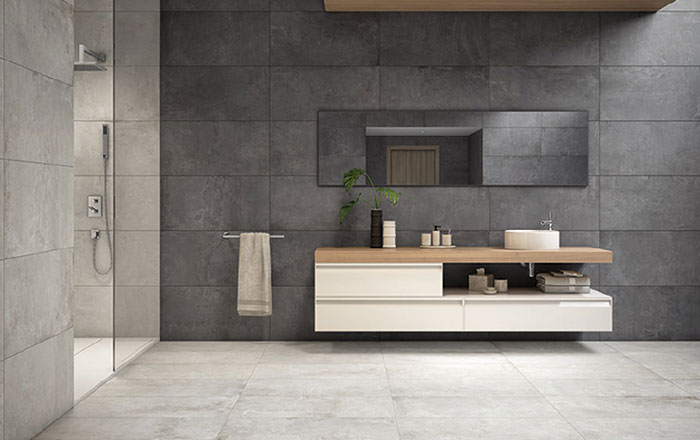
Ceramic Tile Vs Vitrified Tile - What’s The Difference Between Ceramic & Vitrified Tile
| Vitrified Tile | Ceramic Tile | |
|---|---|---|
| Composition | Has a mixture of clay, silica, quartz and feldspar which is a constituant mineral found in granite rocks | Made by a mixture of Earthen clay and water only |
| Colour | Colorful dye is mixed with clay to make the tile colorful to such an extent that is the surface of the tile chips off then similar color is exposed underneath | Colors are also applied on the surface of the tile while baking into a klin to make it more elegant. |
| Strength | Strong enough, High flexural & breaking strength | Not very strong, low flexural & breaking strength |
| Water Absorption | Non-porous and hence absorption of water is very low | Very porous and absorb water easily |
| Look | Artificial look | Natural and earthly look |
| Texture | Smooth and glossy | Comparatively rough and external glaze is applied for the glossy look |
| Glazing | Need not be glazed | Always have to be glazed |
| Durability | More durable | Less durable |
| Frost resistant | High | Low |
| Colour resistance to UV light | Colour will remain | Get fade off |
| Process | Glass substrate is formed throughout the tile while its manufacturing to make it strong | Coated with glaze to make its texture more strong. |
| Maintenance | Easy to maintain | Not easy |
| Installation | Easy to install, do not require skilled labour | Comparatively difficult, skilled labour is required |
| Cost | Expensive | Comparatively low priced product |
| Application | Used for bathroom, washroom, kitchen & more indoor areas | Used for building, floors, walls, outdoors |
Which One To Choose, Ceramic Or Vitrified Tiles?
The two types of tiles have their own set of advantages and disadvantage. You don’t have to pick one over the other. Use a combination of the two types, depending on the environment and the look needed. Vitrified tiles work well for flooring. however, for a little more character and colour and to balance out the slightly industrial, man-made look of vitrified tiles, use ceramic. I recommend using vitrified tiles for high-traffic areas such as the living room, bedroom and outdoors. And using ceramic tiles for floors, walls, backsplashes, kitchen, bathroom and stairs.
 EN
EN FR
FR PT
PT AR
AR
